Complete Ball Python Care Sheet
October 29, 2020
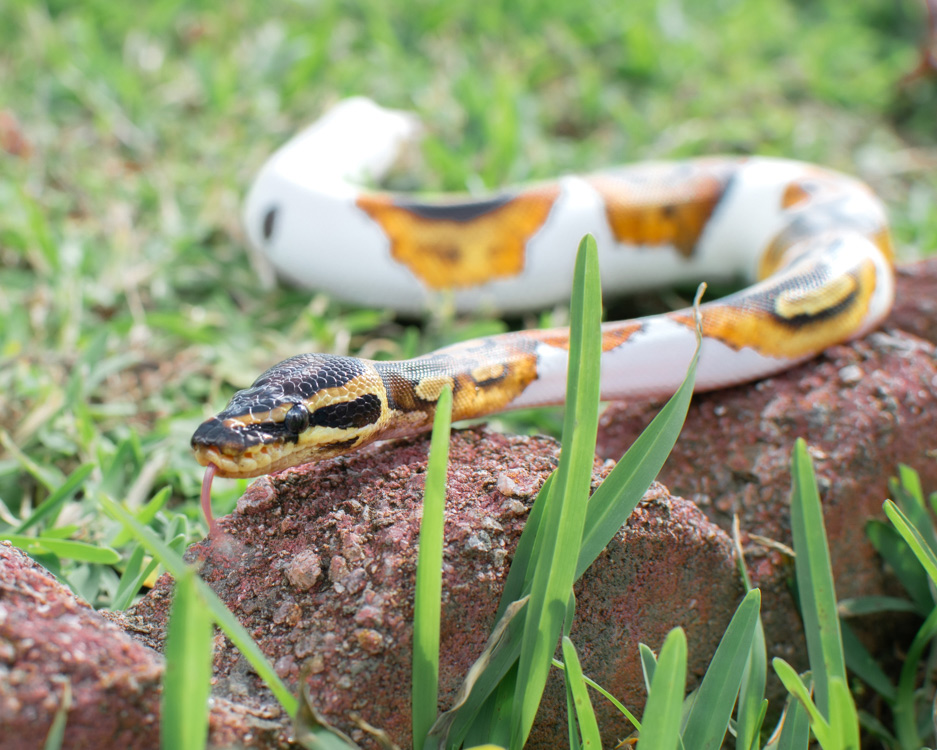
Table Of Contents
- Handling Your Ball Python
- Ball Python Enclosure
- Ball Python Substrate
- Ball Python Feeding
- Ball Python Lighting And Temperature
- Ball Python Humidity
- Ball Python Supplies
- Buying A Ball Python
Ball Python Care
Ball pythons (also known as royal pythons) are medium-sized snakes that are native to western and central Africa. Baby ball pythons start out at around 10 inches, and can grow to be between 3 and 6 feet long, though females are typically larger than males. With the right husbandry, they can live to see their 30s (there have even been some cases of them living beyond that!). These snakes are extremely docile and hardy. Though they require a bit more attention than your average beginner snake, with the right care and dedication, ball pythons can make excellent starter snakes.
Handling Your Ball Python
When you first bring home your ball python, it is important to put them directly into their enclosure and give them some space. To help them settle in without too much added stress, don’t handle them within the first week after bringing them home. After the snake has had time to settle in and is eating properly, you can begin handling them. It is important to handle your ball python so that they become tame and used to you. Try to handle them one or two times a week, but never more than once a day. Handling too often can stress your snake. Remember, handling is not beneficial to your snake, it is beneficial to you. They get nothing (except a bit of exercise) out of handling.
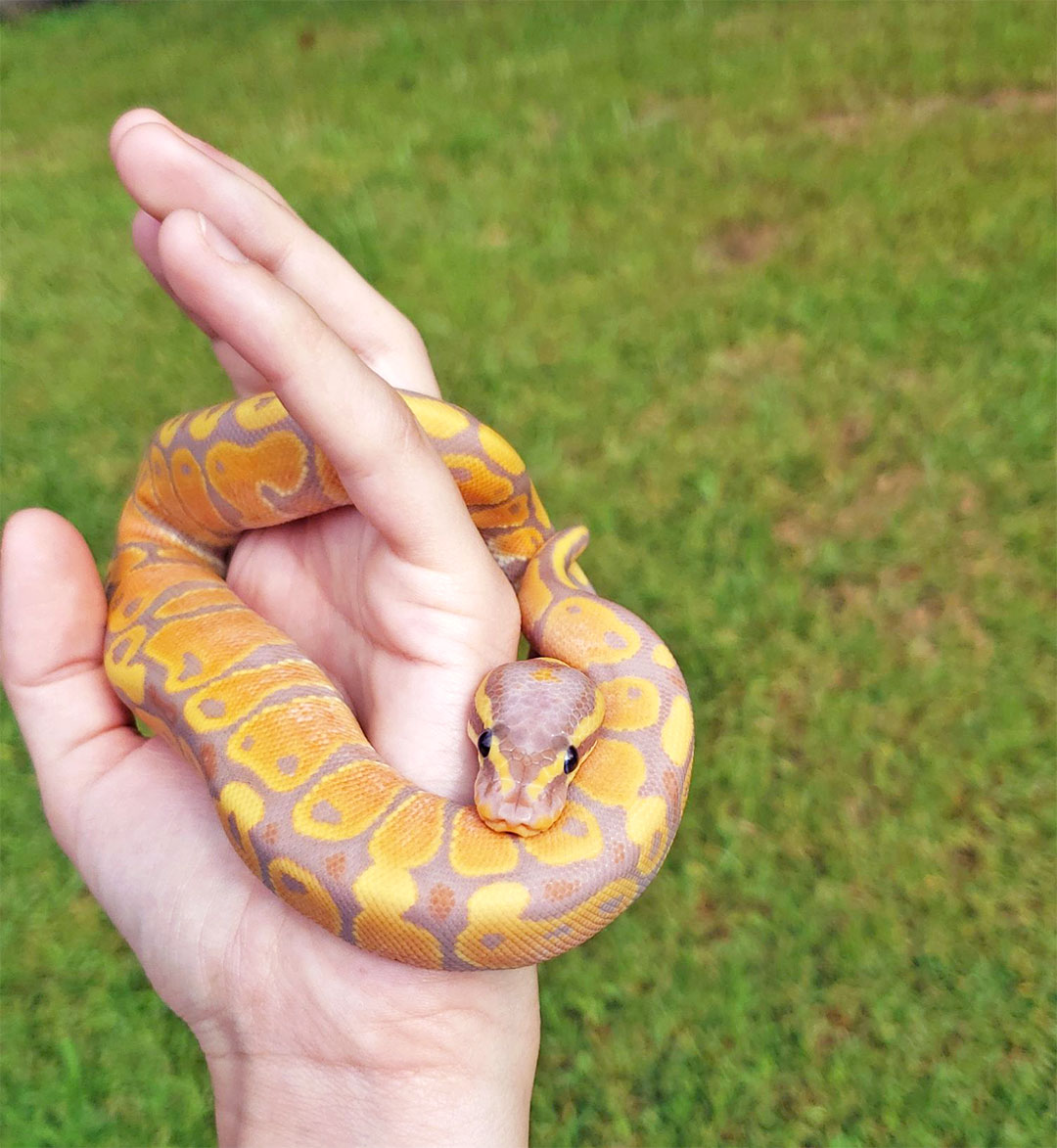
Although ball pythons are known to be very docile, if you pick them up in a way that is similar to offering food, they may become confused and bite you. Because of this, it is important to establish a routine for handling. Before picking your snake up, gently tap them with a snake hook or paper towel roll. This will let them know that you’re there and that you’re picking them up. Hold your snake securely by supporting both behind their heads and the middle of their body. Too many times I have seen people holding their snake up by the tail. I strongly urge you not to do this, as it can cause damage to their spine. Always sanitize your hands before handling. This will keep your hands from smelling like mice or rats (lowering the risk of getting bit), and will prevent the spread of germs and parasites from you to your snake.
Ball Python Safety
While we’re on the topic of snake bites, let's discuss what you should do if your ball python does bite you. Ball python bites are not very serious, they look much scarier than they really are. If you are bitten it is important for you to stay calm, and DO NOT yank away from your snake. Ball pythons have rear facing teeth, so pulling away from them can rip their teeth out, leading to serious infections in their gums. Instead, pour some cool water on your snake's face. This will cause them to immediately let go. You should never leave a child unattended with your snake. This is for both the child's safety and the snake’s. Ball pythons are constrictors, therefore you shouldn’t let one wrap completely around your neck. They are not malicious, but they are constrictors by nature, so you shouldn't risk it.
When NOT to Handle Your Ball Python
Beyond not handling your ball python when you first bring them home, there are a few other times you shouldn’t handle them. Always wait 48 hours after feeding them to handle them. If you handle them too soon, you could cause your snake to regurgitate. When your snake’s eyes start turning cloudy and look blue you should try to handle them less as well. This means that they’re about to shed.
Ball Python Enclosure
Before making the leap to buy a ball python, you should keep in mind that a big snake needs a big enclosure. A full grown ball python can potentially reach six feet long. The size of your ball python’s enclosure should be determined by the size of your snake. A baby ball python can be housed in a much smaller tank than a full grown ball python. Your snake should have enough room in their enclosure to stretch out and expand their lungs. An enclosure that is 48 inches x 18 inches x 24 inches would be good for a full grown ball python, although bigger is typically better. If you’re planning on housing a baby ball python in an adult size tank, be sure to add plenty of clutter and hides. DO NOT house multiple ball pythons in the same tank (with the exception of breeding). They are solitary creatures that do not do well when housed together, and have even been known to eat each other.
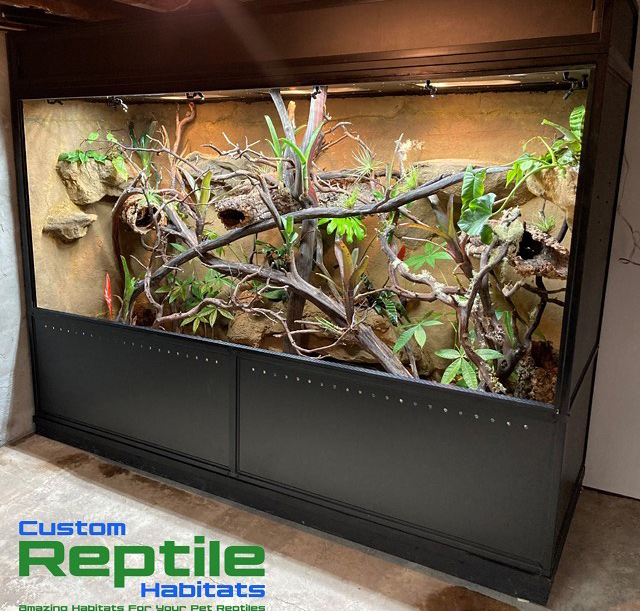
PVC V.S Glass Enclosures
Beyond determining the size of the enclosure you will need, you will also need to decide on the type. Both PVC enclosures and glass enclosures can be excellent choices with the right husbandry.
Glass enclosures: Glass enclosures, like aquariums, are usually cheap and easy to find. The bigger tanks usually come in sizes large enough to house an adult ball python (always measure the tank to be sure). The downside to glass tanks is that they don’t hold heat or humidity in well — which is a big deal when keeping ball pythons. Not to worry though, this can be an easy fix. You can plastic wrap or tin foil the screen lid to help hold in heat and humidity. Setting a damp towel on 1/3 of the lid will also help to hold in humidity, but be sure to wash the towel often to prevent the growth of bacteria. Even with covering on the lid, you will still need to mist the enclosure often. Also, if you’re using a substrate such as coconut husk, you can soak the bottom layer in water to hold in more humidity. If you opt to soak your substrate, be sure to keep the top layer dry, or your snake may develop scale rot.
PVC enclosures: PVC enclosures are lower maintenance than glass enclosures, as they are much better at holding in heat and humidity. They come in a wide variety of sizes, so you will have no problems finding an appropriately sized enclosure. In fact, you can even have them custom built to the size of your choice! They have front-opening doors, which is a huge benefit when it comes to handling your snake. Unfortunately, PVC enclosures can be a little pricey, but are worth the money if you’re looking for an enclosure that won’t need daily misting.
Tubs or Totes: Large totes can also be an excellent choice to house your ball python. They are cheap and hold humidity wonderfully. You can often find totes in large sizes at hardware stores such as Lowe's. You will need to alter these totes to fit your ball python's needs. You can use a knife, drill, or welding iron to pop some holes into the sides to adjust the humidity (without your snake in the tub of course!). I have also seen keepers cut the side out and install acrylic doors, converting it to a front-opening enclosure.
If you want to know more about the difference between PVC and glass enclosures, click here to check out my article on the topic.
How Often Should My Ball Python’s Enclosure Be Cleaned?
You should check your snake’s enclosure daily and spot clean when necessary. Once a month you should dump all of the substrate and remove all accessories. Check to see if your accessories are dishwasher safe, if they aren’t you can hand wash them with dawn dish soap. Be sure to rinse them well and allow them to fully dry. Clean the tank with a diluted bleach water solution, and be sure to rinse the tank thoroughly with water and let it dry before adding fresh substrate and putting the accessories back.
Ball Python Substrate
Because ball pythons need such high humidity, it is important to provide them with a substrate that will hold humidity well. I personally recommend coconut husk, it’s what I use for all my ball pythons and it works great. It can be hard to find in stores, but I have had no problems finding it here on Chewy. Many new ball python owners make the mistake of buying aspen since it is advertised as a good reptile substrate. Do not make this mistake. Aspen can be a great bedding for many reptiles like corn snakes, but is not a good choice for ball pythons. Aspen doesn't hold in humidity well, and will oftentimes start to mold when exposed to high humidity. I do not recommend using newspaper or reptile carpet — these kinds of substrates do not hold in humidity well and don’t allow your ball python to burrow. Never use sand because it can cause impaction. You should also stay away from pine and cedar, as they can give your ball python respiratory infections. Ideally, you want to have a few inches of substrate on the bottom of the enclosure. Although ball pythons are terrestrial, I have noticed that mine like to burrow on occasion.
Ball Python Feeding
In their native habitats, ball pythons are ambush hunters that commonly feed on small mammals and birds. Ball pythons are constrictors, meaning they coil around their prey and suffocate it before consuming it. In captivity, a ball python’s diet consists mainly of mice and rats. Most breeders will start them on mice, but eventually they will need to be switched to rats. Always feed prey that is no more than 1.5 times the size of your snake’s body at the middle point.
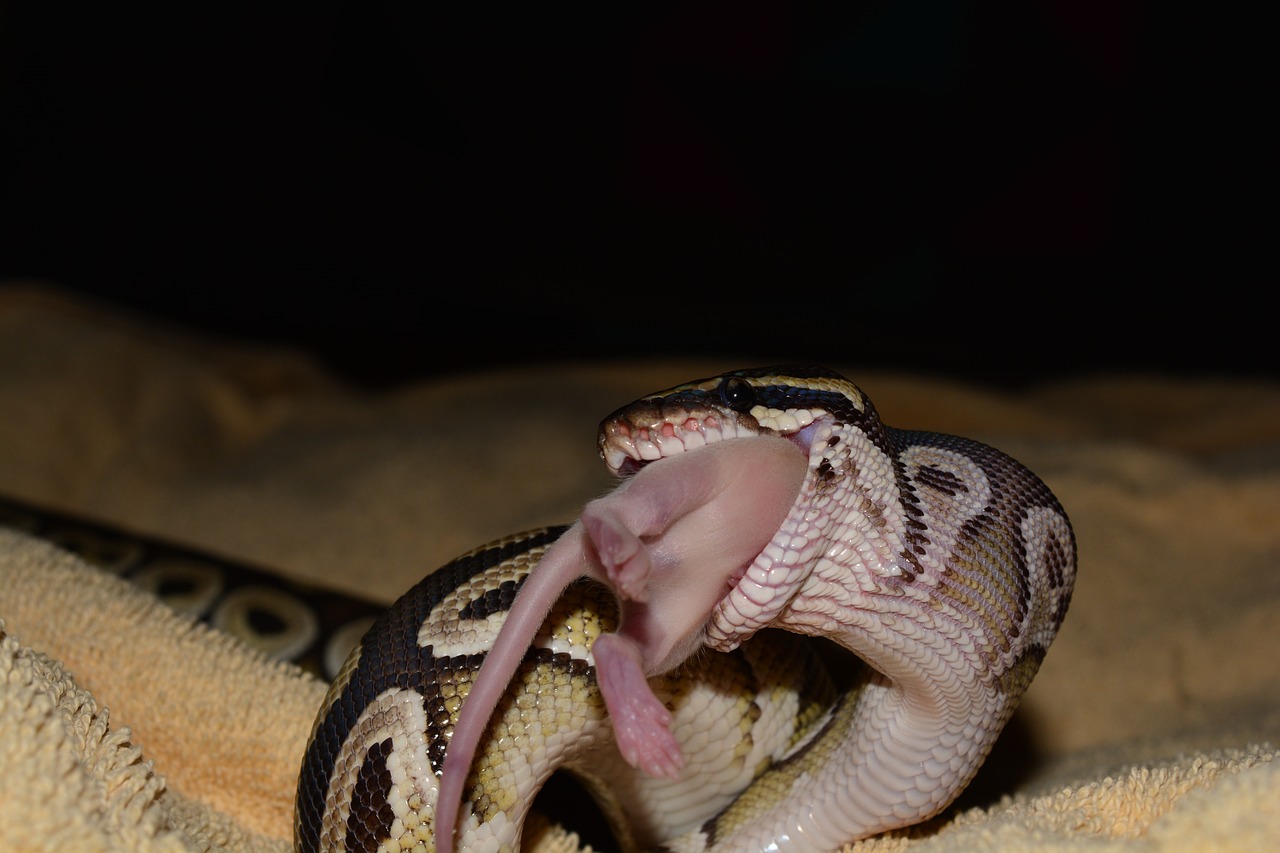
Should I Feed Live or Frozen Thawed?
You should try to feed your snake frozen thawed. This is safer for your snake because it eliminates the risk of injury or disease (such as salmonella) from the mouse or rat. Some ball pythons are picky though and will refuse to eat frozen thawed. If this happens you should feed your snake live because a live meal is better than no meal. If you feed live be sure to watch the whole interaction. You should NEVER leave a live rodent alone with your snake because the mouse or rat could potentially seriously injure your snake. Be sure to have a pair of feeding tongs on hand to restrain the mouse if necessary.
Can I Give My Ball Python Treats?
Snakes do not want or need treats like a dog or cat would. That being said, it is okay to switch it up sometimes and offer them a chick instead of a rat (of the appropriate size). Keep in mind, some snakes have been known to become picky and refuse to eat rats after being offered something else, and chicks aren’t as healthy for your snake as a rat is.
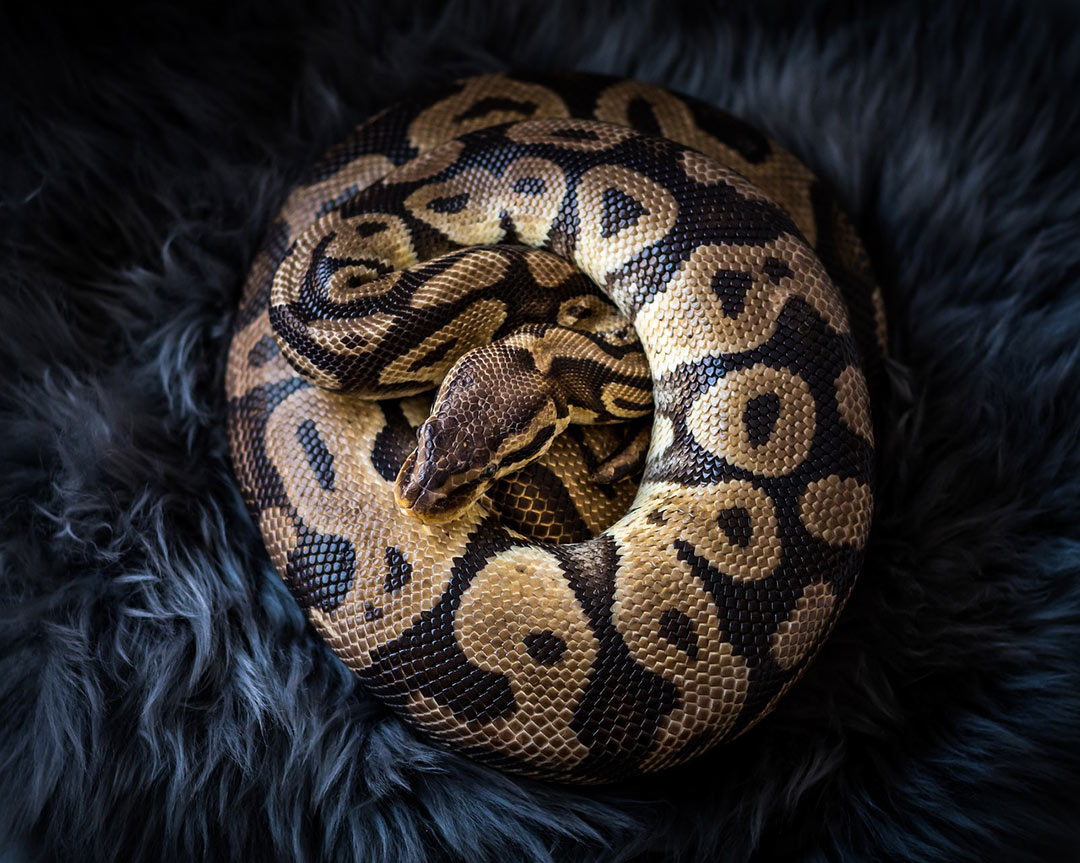
Lighting and Temperature For Your Ball Python
Natural sunlight is healthy for any living creature, and a ball python is no different. Keep your ball python’s enclosure in a room where they will get plenty of natural light. Don’t put the enclosure directly in front of a window though, because the sun shining straight in can cause the temperatures in the enclosure to rise too high. On top of natural light, you will need to provide them with a heat lamp. Be sure to purchase a regular halogen heat lamp, and stay away from colorful bulbs. Colorful bulbs or "red bulbs" are not good for your snake, and when used at night, can disrupt their circadian rhythm (also known as their day and night cycle). The wattage of this lamp will depend on the temperature of the room that your ball python will be living in. I know you’re looking for a direct answer of what wattage to get, but there isn’t one. The cooler the room, the higher the wattage. Your ball python’s enclosure should have a thermal gradient for them to comfortably move between. The enclosure should have a hot side around 85-90°F, and a cool side around 75-80°F. At night the ambient air should stay between 70-80°F. You will want to purchase a thermometer to put on both the cool end and the hot end to keep up with these temperatures. You should also purchase a thermostat. Thermostats are used to regulate the temperature in your ball python's enclosure, preventing them from overheating or getting burned.
NEVER use heat rocks. They are unreliable, and have been known to overheat and severely burn reptiles. Instead, you should provide your ball python with a flat top hide on the warm side to serve as a basking spot. Be sure to check the temperature of this spot often to make sure it doesn’t exceed 103°F. You can easily check the temperature of the surface of the rock with a temp gun. Heat mats can be a great addition to your enclosure as well, and are great for keeping reptiles warm at night. However, ball pythons should have a few inches of substrate to burrow in, and the heat mat may be ineffective through the thick layer of substrate. If your house is cold at night I would recommend getting a CHE (Ceramic Heat Emitter). These will put off heat, but not light, which is important because having lights on at night can disrupt their sleep cycle.
Ball Python Humidity
Ball pythons require humidity levels between 65-80%. Keeping the humidity levels in the proper range is extremely important for your snake’s health. Too high or too low humidity can cause respiratory infections and shedding problems. You will need to purchase a hygrometer to track these levels. If your ball python’s humidity is too low, you can mist the tank, however, be careful how often you do this. Constant spikes and falls in humidity can lead to sickness in your snake. It is better to maintain a good level humidity 24/7. Moss helps hold humidity as well, plus it will add a natural look and natural smells to the enclosure. If you are keeping your ball python in a glass tank, you can try covering 1/3 of the screen lid with a damp towel, but be sure to wash the towel often to prevent the growth of bacteria. Another way to boost humidity is to mix some water into the substrate, but be careful how much you add. If your ball python sits on a wet substrate it can cause scale rot. For a more in-depth approach on how to tackle low humidity problems, check out my article on increasing humidity in ball python enclosures.
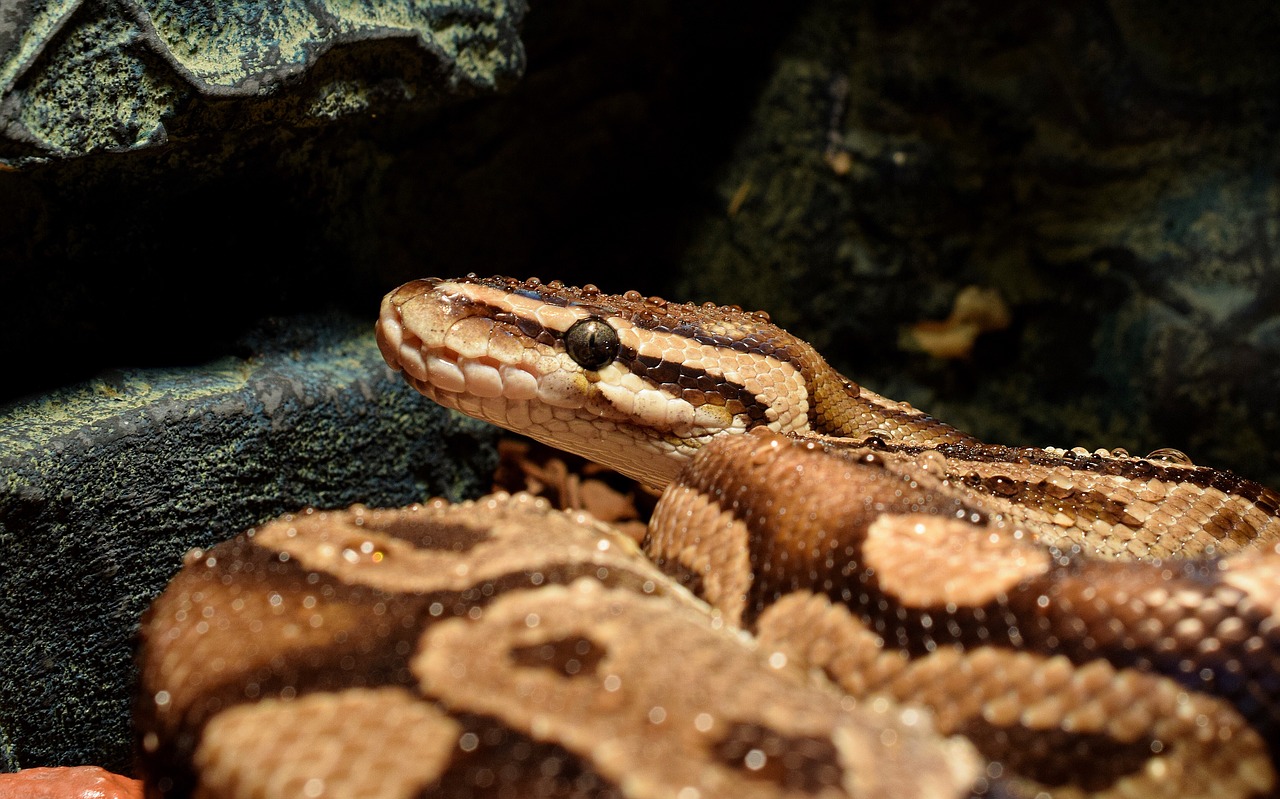
Ball Python Supplies
Water
Your snake should always have access to fresh, clean water. When looking at water bowls for your snake, look for one that is large and heavy. You want a bowl that is large enough for your ball python to curl up in and soak if they choose to do so. The bowl needs to be heavy so your snake can't flip it over. You should also make sure that the bowl is completely flush with the bottom of the enclosure, not just sitting on the substrate. If it's not, your ball python may burrow under it and get crushed. Finding a bowl that is dishwasher safe would be a huge plus as well, as it would make deep cleaning much easier. I use this exact ceramic bowl for my ball pythons’ water dish. It is plenty large for them to soak, heavy, and dishwasher safe.
Hides
Hides are extremely important for your ball python. These will not only be aesthetically pleasing to look at, but they will provide your snake with security. You will need to have one on both the warm side and the cool side of your ball python’s enclosure. Having one on both sides allows your snake to comfortably move between thermal gradients.
Decorating Your Ball Python’s Enclosure
Did you know that decorations in your snake’s tank are not just for looks? Decorations such as leaves, rocks, and branches are actually beneficial for your snake. Ball pythons are active climbers, so providing them with some branches or vines can encourage exercise, preventing them from becoming overweight. Having leaves, and other rough (but not sharp) objects in the tank can also help them to pull their shed off. Having lots of cluttered decor can encourage your snake to be more active, because they will feel more secure moving between hides.
Buying a Ball Python
Where To Buy
When looking at purchasing your first ball python, it can be very tempting to walk into your nearest pet store and take one home. I strongly discourage you from doing this. Pet stores get shipments of snakes in, with no idea of the snake’s history or health. Snakes from pet stores are oftentimes sick, not eating, and not properly cared for by the staff. You want to make sure that you know the history of the ball python you’re getting and that it is healthy.
I recommend purchasing directly through a ball python breeder. Do your research before deciding on a breeder, some have better reviews than others. You may be wondering how to find a good ball python breeder. Morphmarket.com has the biggest selection of breeders and ball pythons (no this isn’t sponsored, it's where I have bought all of my ball pythons). Buying a ball python online can be a little scary, but you will have a better understanding of the health and history of the snake. Each breeder will have a page of reviews so you can decide which one is the best one for you to shop through.
Ball Python Morphs
Part of the attraction to ball pythons is their wide variety of colors and patterns — also known as morphs. Whether you want a natural-looking snake or one that is brightly colored with interesting patterns, you’ll be able to find a ball python to match your interests. Keep in mind that the cost of the ball python will vary with the morph. “Normal” ball pythons can be found as cheap as $50, and some of the fancier morphs can go for thousands. If you’re comfortable spending a couple hundred you should have no problem finding a pretty morph such as a pastel ball python, banana ball python, or an albino ball python.
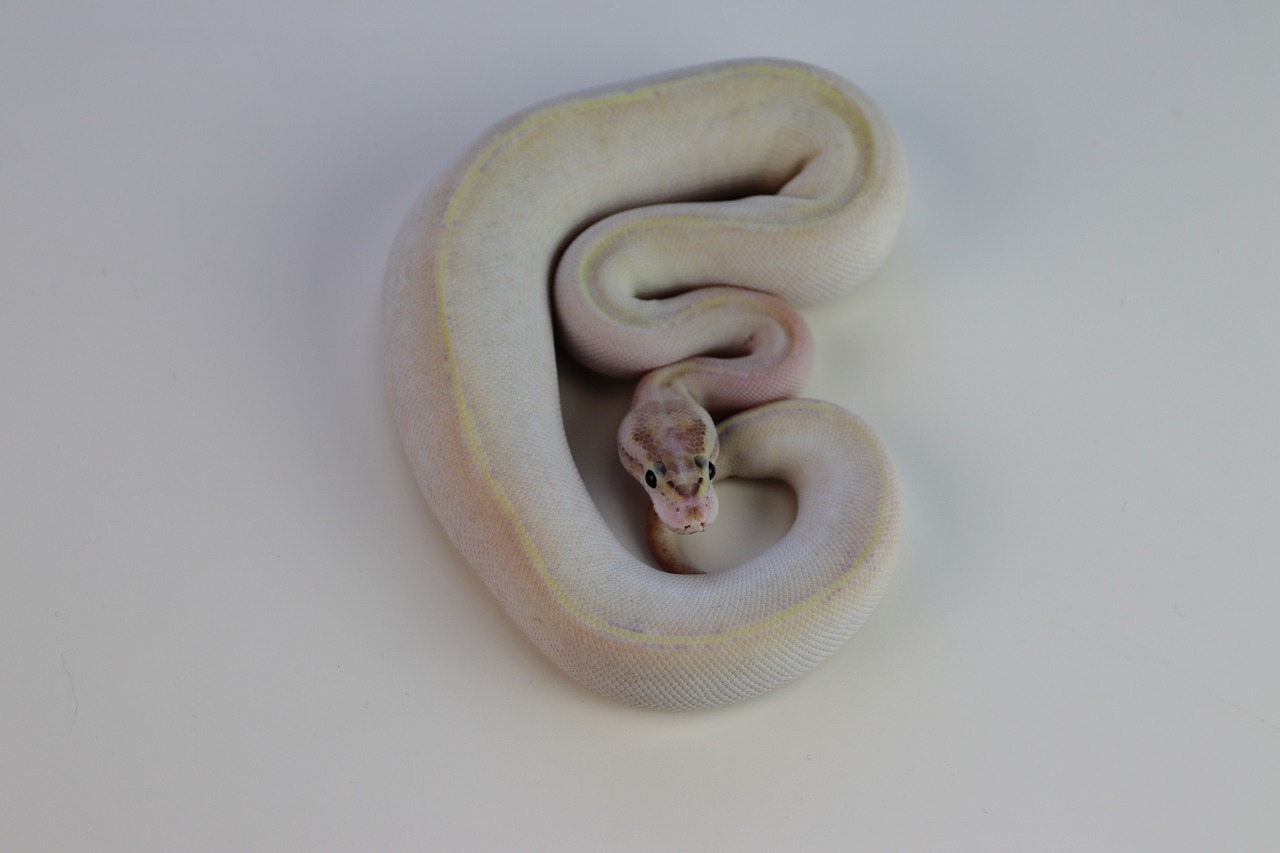
This post contains affiliate links that may pay me a commission when a sale is made. Affiliate commissions help me maintain this website, and I only recommend products that I trust.

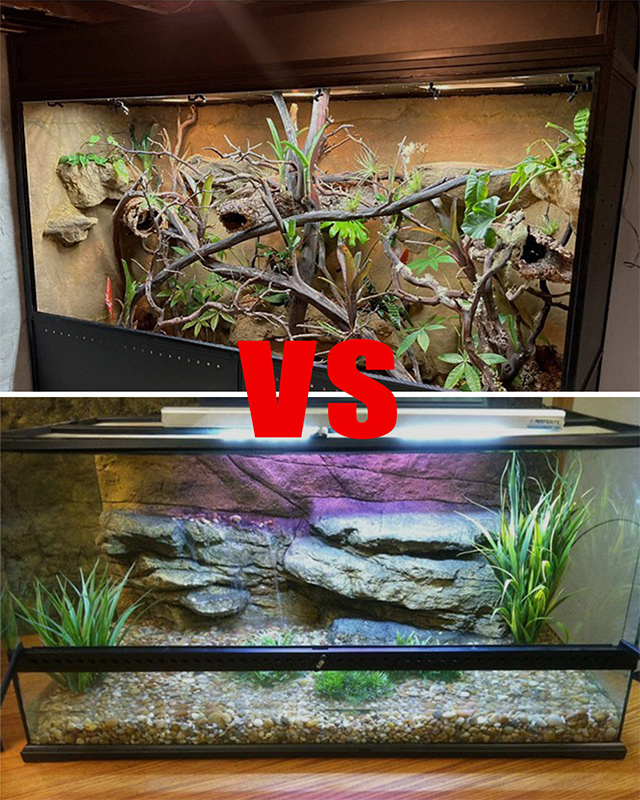
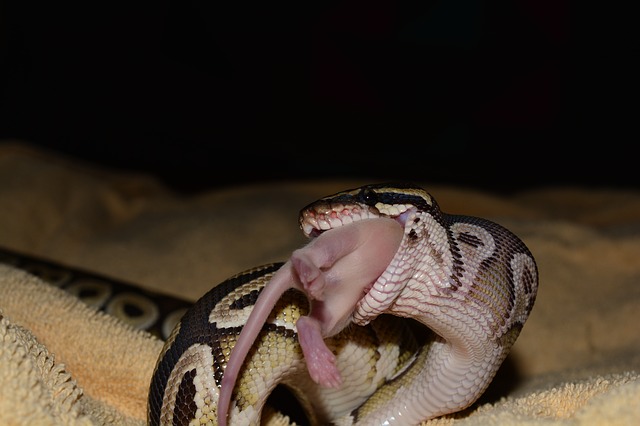



Sending...